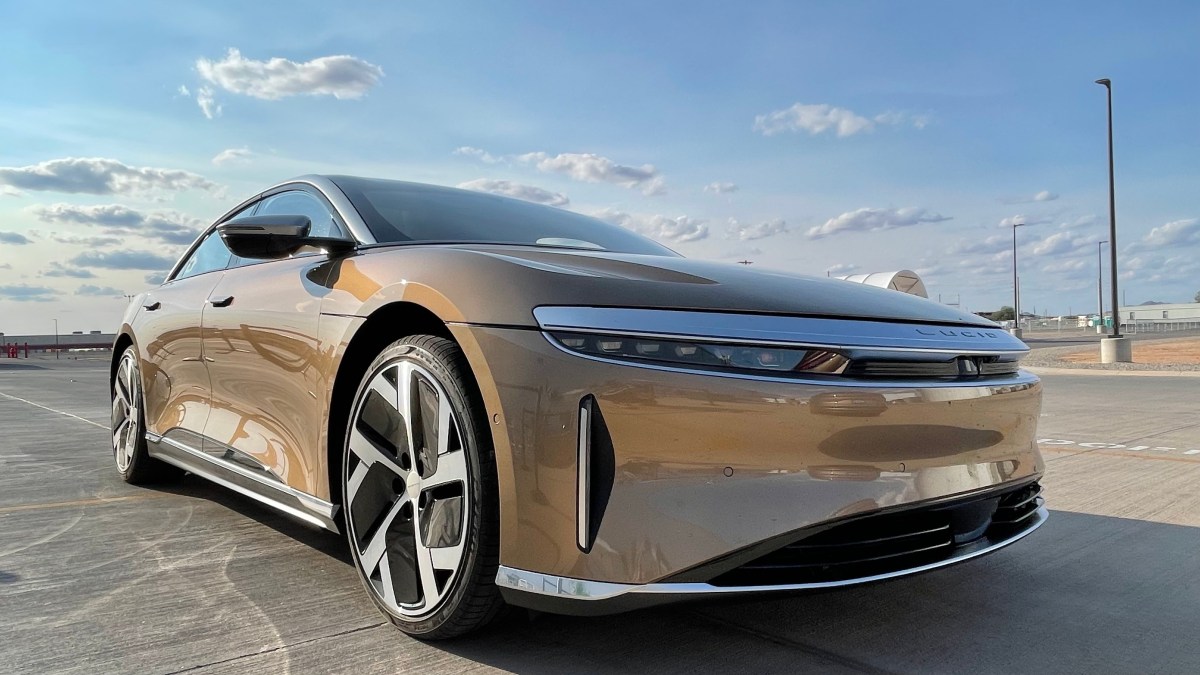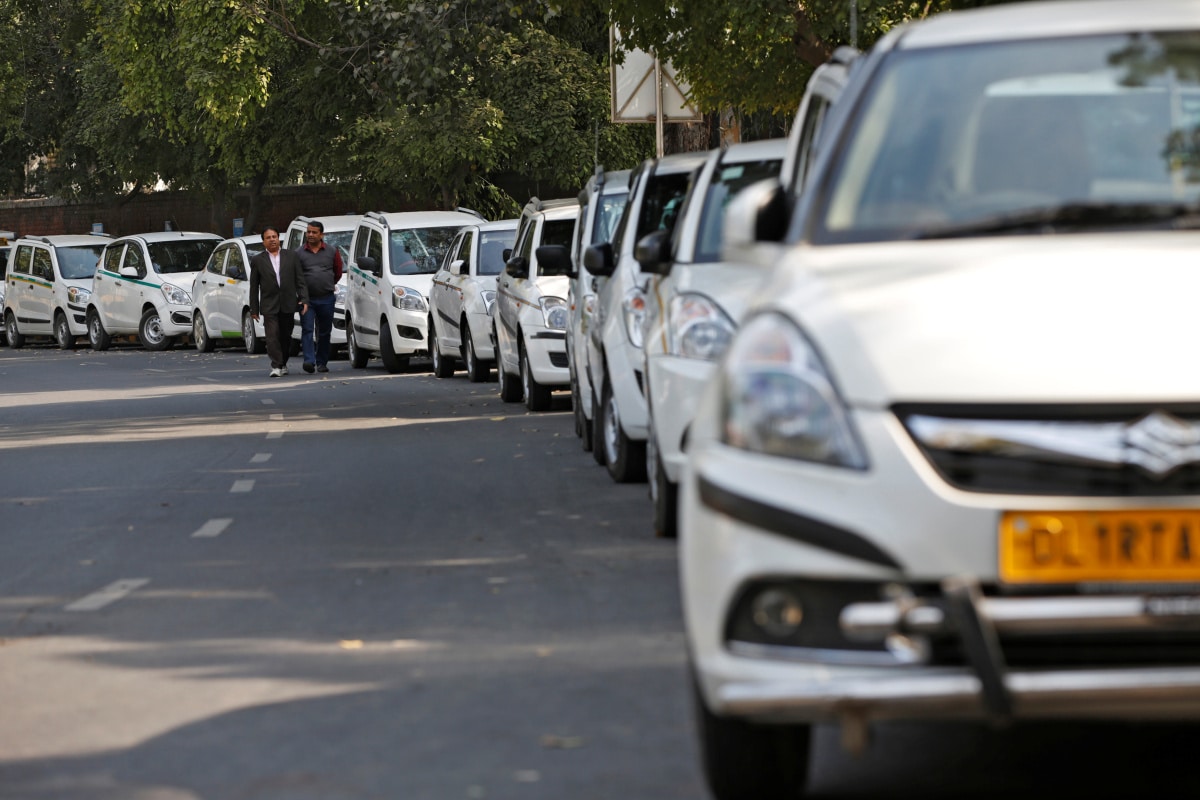Bidirectional Charging May Be Required On EVs Soon Due To New California Law – Slashdot
Posted by BeauHD from the don’t-expect-it-any-time-soon dept.
California Governor Gavin Newsom signed a law giving the California Energy Commission the authority to require bidirectional charging in electric vehicles (EVs) in the future — although no timeline is set. Bidirectional charging allows EVs to not only charge from the grid but also supply electricity back to the grid, potentially enhancing grid resiliency, supporting renewable energy, and reducing peak electricity demand. Electrek reports: The idea started in 2023 when state Senator Nancy Skinner introduced a bill which would require EVs to have bidirectional charging by 2027. As this bill made its way through the legislative process, it got watered down from that ambitious timeline. So the current form of the bill, which is now called SB 59, took away that timeline and instead gave the California Energy Commission (CEC) the go-ahead to issue a requirement whenever they see it fit. The bill directs the CEC, the California Air Resources Board, and the California Public Utilities Commission to examine the use cases of bidirectional charging and give them the power to require specific weight classes of EVs to be bidirectional-capable if a compelling use case exists.
The state already estimates that integrating EVs into the grid could save $1 billion in costs annually, so there’s definitely a use case there, but the question is the cost and immediacy of building those vehicles into the grid. The reason this can’t be done immediately is that cars take time to design, and while adding bidirectional charging to an EV isn’t the most difficult process, it also only really becomes useful with a whole ecosystem of services around the vehicle.
And that ecosystem has been a bit of a hard sell so far. It’s all well and good to tell someone they can make $500/year by selling energy to the grid, but then you have to convince them to buy a more expensive charging unit and keep their car plugged in all the time, with someone else managing its energy storage. Some consumers might push back against that, so part of CEC’s job is to wait to pull the trigger until it becomes apparent that people are actually interested in the end-user use case for V2G — otherwise, no sense in requiring a feature that nobody is going to use.
Gravity brings me down.
Working…


